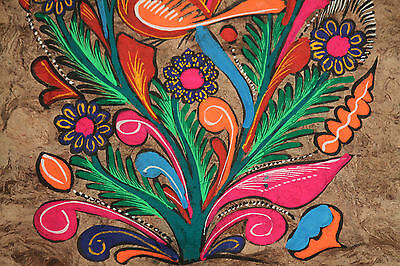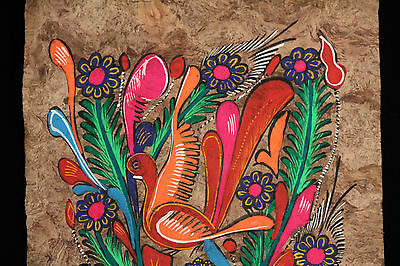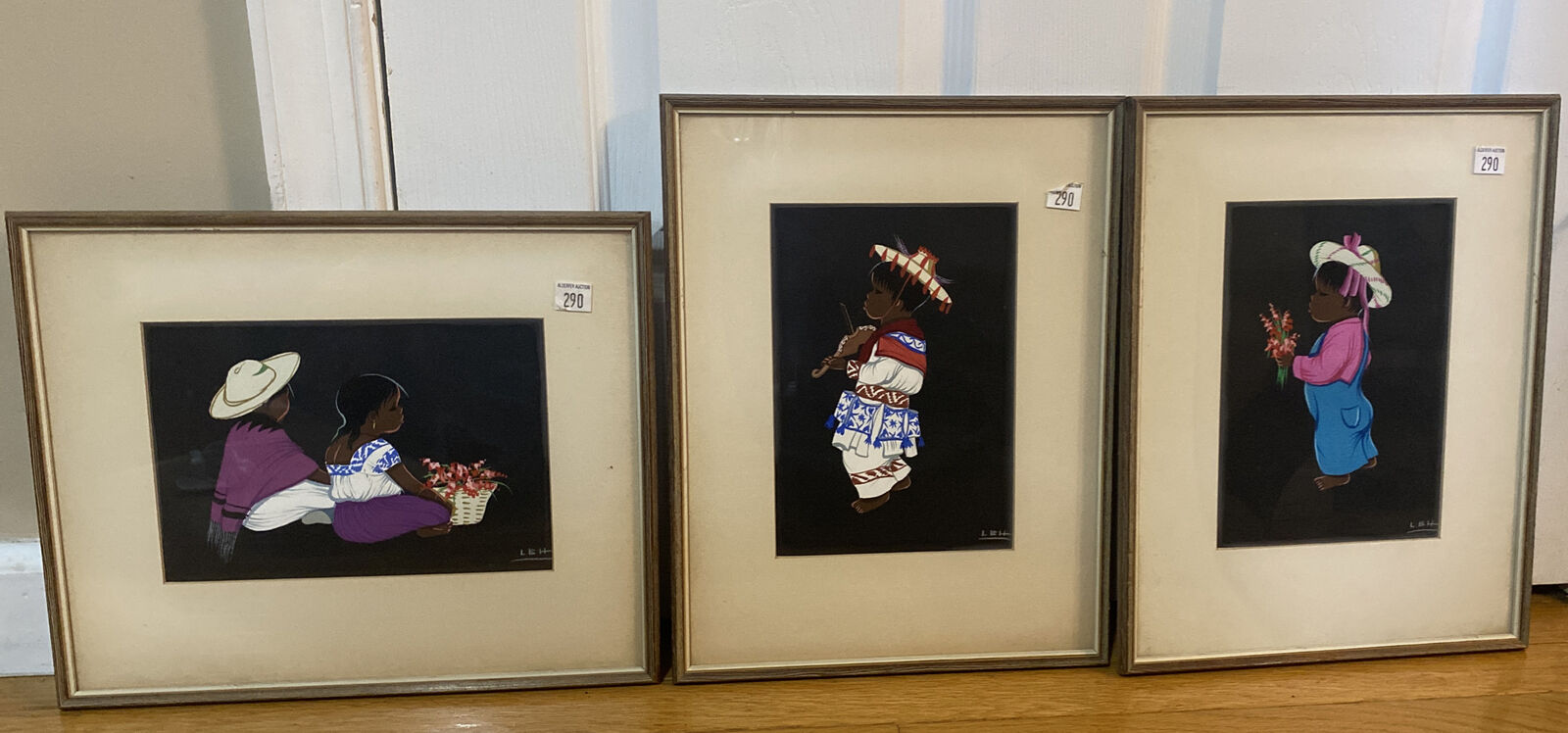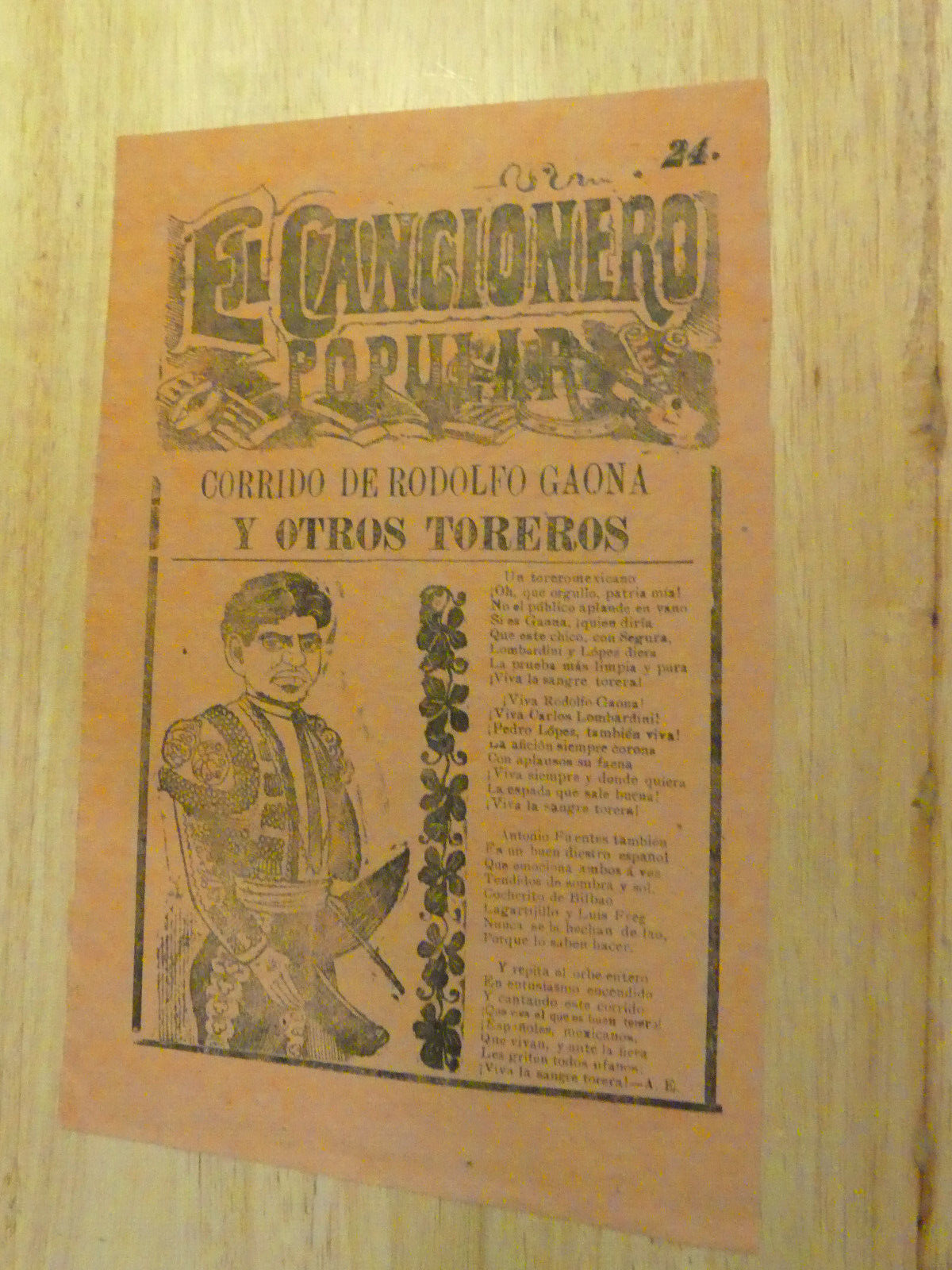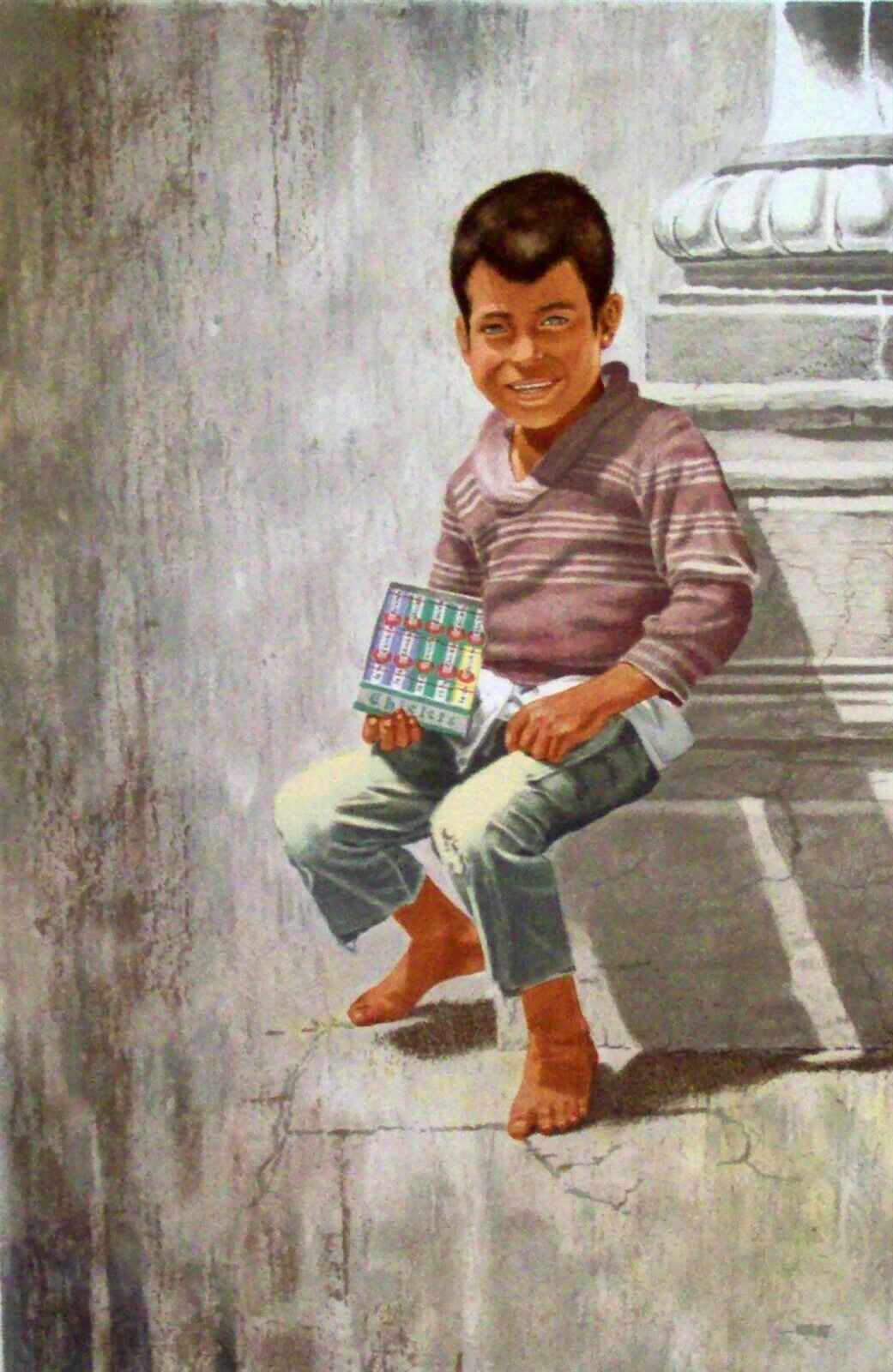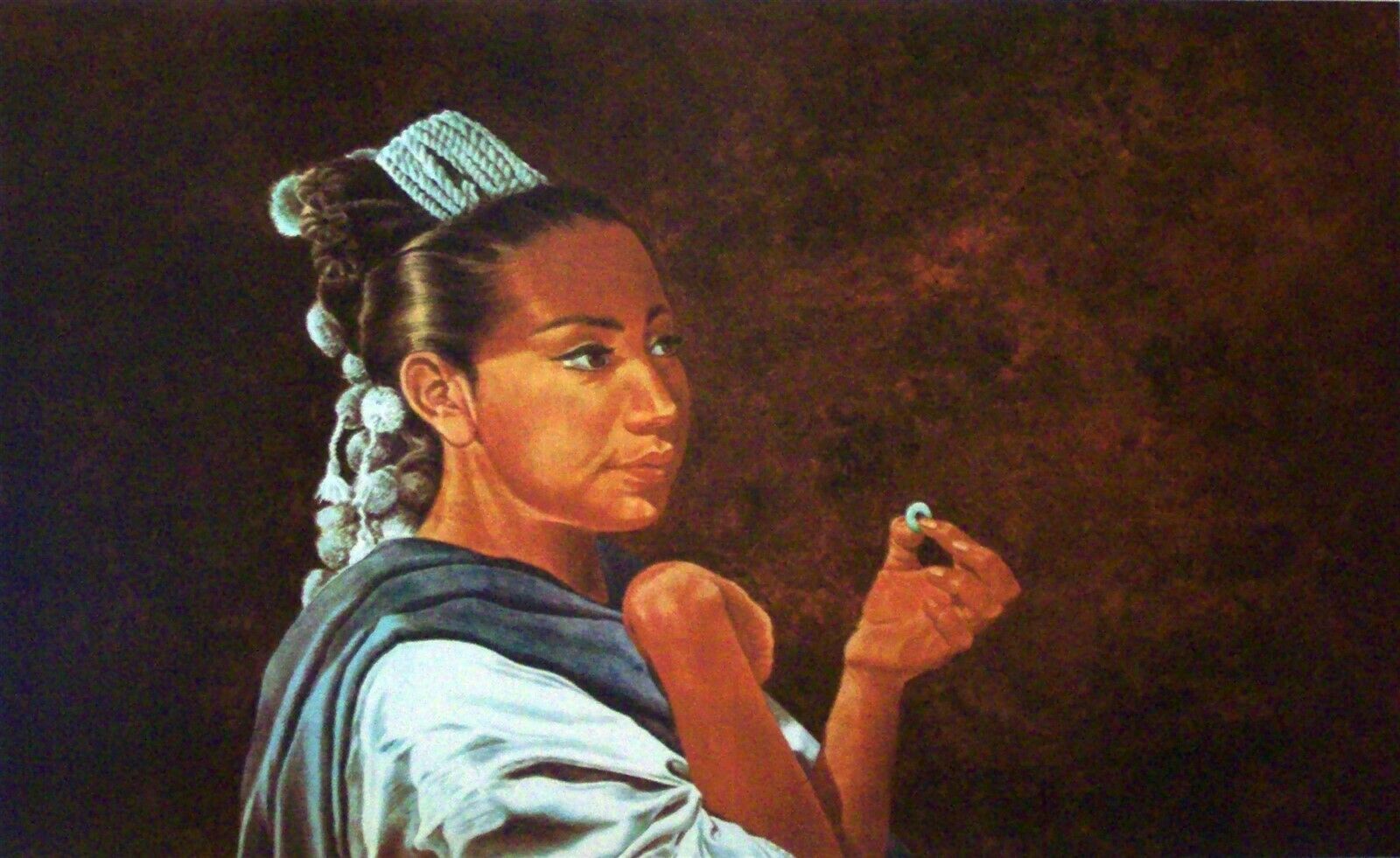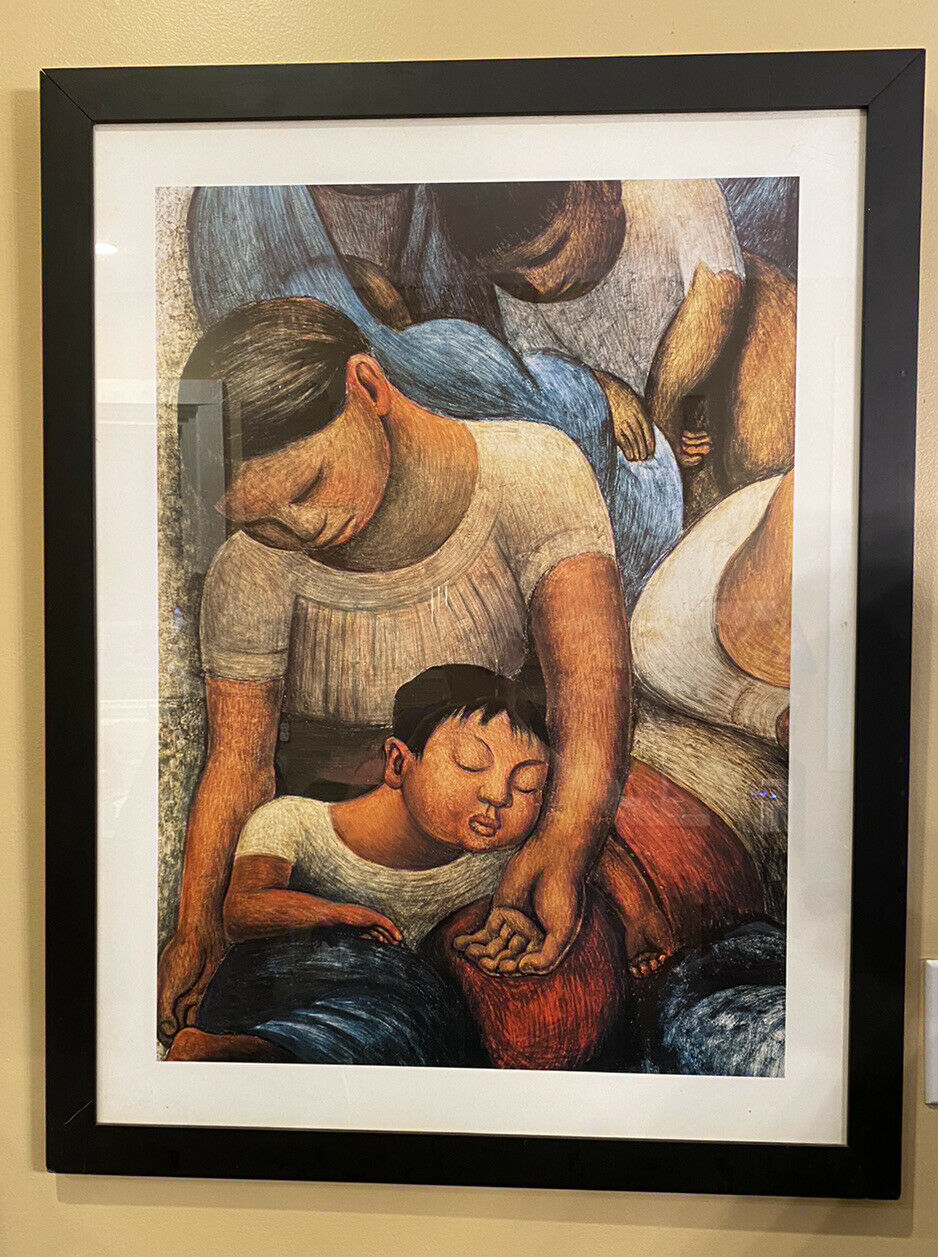-40%
Vintage Mexican Amate Painting Folk Art Mexico Collectible 1 Bird Decorative
$ 21.24
- Description
- Size Guide
Description
Gorgeous Colorful Amate Painting.This piece of amate is 12" wide and 16" tall.
This painting has a folded piece on the left side of the paper. There is a small rip because of the fold. Once the amate is in a frame, you will not see it. This does not take away from the beauty of the amate.
This amate shows 1 very colorful bird surrounded by colorful flora
Each piece of amate painting by Mexican artisans is a special piece of art.
History of Amate Painting
Paper was sacred to both the Mayans and the Aztecs. It was the medium on which their history and discoveries were chronicled. It kept their records of trade and tributes. It filled their libraries with documents for future generation to witness. And of no less importance, it was used in every religious ceremony as an intermediary between the people and the gods.
Records show that in 1507, when Moctezuma had to prepare for the New Fire Ceremony, a ritual of renewed life that took place every 52 years, he ordered a million sheets of
amatl
to be delivered to Tenochtitlan to insure that the ceremony would be successful and to avoid the wrath of the gods. The finest and whitest paper was set aside for writers and painters, for chronicling events, and for placating the gods. Once these needs were met, the remaining paper was given to the people for their personal use in rituals.
By the time Cortes arrived on the shores of Mesoamerica, there were at least forty-two papermaking centers, and they were producing almost half a million sheets of paper per year for use in tribute alone. The main papermaking centers were in the areas of what is now Veracruz, Morelos, Guerrero, Puebla, Hidalgo, and Oaxaca.
Today three major Indian groups of the Huasteca region - the Nahua, Otomi, and Tepeha - still make the
amate
paper. The fact that these people retained their knowledge of this craft is nothing short of miraculous, but it was probably helped by the fact that they live in remote areas where there is nothing to exploit.
By the 1940s and 1950s, the traditional papermaking techniques were starting to die out naturally. Then in the 1960s,
amate
was re-discovered. A new Nahua art form was starting to develop in the Balsas River basin in Guerrero.
Artisans of this region, who had once only decorated their pottery, were now putting their colorful paintings on this unique paper. Ameyaltepec, a small village in the state of Guerrero, produced charming pottery painted in earth-reds which they decorated with mythical fauna and flora. In the early 1960s Max Kerlow, a folk arts dealer tired of broken pots being delivered over the mountains, introduced to the craftsmen of Ameyaltepec the idea of using
amate
for their painting instead of pottery. The artisan of this remote village along with those from San Agustin Oapan and Xalitla - all within walking distance from one another - started to not only work on
amate
but to expand their repertoire to include religious festivals and scenes of village life. They used mostly natural colors and dyes and painted with animal hair and plant fiber brushes.

